 A cleanse is a time of inward healing, making Yoga the perfect complement to any period of detoxification. The main purposes of an Ayurvedic cleanse is to remove toxins from the system and to increase the digestive fire (Agni). However, a cleanse is also a powerful time to detoxify the mind and balance the emotions as well. Using the proper Yoga postures during a cleanse can be a great way to enhance the detoxification of both the physical body and the mind.
A cleanse is a time of inward healing, making Yoga the perfect complement to any period of detoxification. The main purposes of an Ayurvedic cleanse is to remove toxins from the system and to increase the digestive fire (Agni). However, a cleanse is also a powerful time to detoxify the mind and balance the emotions as well. Using the proper Yoga postures during a cleanse can be a great way to enhance the detoxification of both the physical body and the mind.
The main focuses of your Yoga cleansing sequence should be of several aspects. The first is to make sure you are not over doing it, since cleanses often leave one to feel low energy and low strength. Therefore any postures that require an immense amount of effort and strength should be avoided at this time. Instead the focus should be on slower, gentler, restorative postures that are mild to low exertion, held for longer periods and overall grounding. This also means that all Power Yoga, Hot Yoga and other intense classes should be avoided during the cleanse, as they can easily lead to depletion at this time.
Second, the focus should be brought on postures that naturally aid to remove toxins from the system and/or increase digestion. Twists are often utilized for these purposes, as they provide detoxification of the vital organs, the spine and the GI tract; while simultaneously increasing the digestive fire. Forward folds are beneficial for increasing the fire and are also great for calming Vata dosha when performed in a seated position. Another, more restorative approach to these cleansing actions are supine postures that provide space and relaxation in the solar plexus region including the GI tract and vital organs such as the liver and spleen. These gentle, reclined postures can be a powerful tool for aiding in a cleanse, as most of us tend to hold a lot of tension in this region which in turn causes constriction and obstruction. Allowing space for this to be released is essential for any detoxification.
Another focal point for a cleansing Yoga sequence should be gentle inversion postures that flush toxins from the system, increase blood flow and promote overall rejuvenation. Since we are looking to create a gentler, more balanced sequence however, I would suggest avoiding more Yang postures such as Sirsasana (headstand) and instead include more gentle inversions such as Sarvangasana (shoulder stand) or if this is too much, the restorative version of Viparita Karani referred to as “legs up the wall”.
Finally, a cleansing Yoga sequence should focus on balancing the body and the mind. Utilizing some static postures that provide balance and stability will be a great way to strengthen these aspects in your own life during this time of cleansing and healing. Remember a cleanse should not be solely a physical focus, rather there should be a strong aspect of mental cleansing and balancing as well. Therefore more meditative postures that allow the mind to rest and be at ease can be huge tools for allowing this to manifest during your cleanse.
So now that you have an idea of how to set up a cleansing Yoga sequence, here is a list of the 16 postures I often recommend my clients during their cleansing program…
A Yoga Sequence for Detoxification
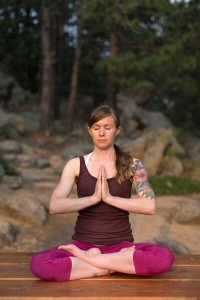 Padmasana:
Padmasana:
The lotus pose is a great way to begin a detoxifying Yoga sequence, as it is a great posture to induce a calm, meditative mind. Sit in padmasana or a modified variation for several minutes as you begin to quite the mind and steady the breath. This provides a strong foundation for your practice, but also allows space for mental processing and detoxification.
***Perform postures 2, 3 and 4 in a sequence, first having the right leg in front. After doing these three postures in order on the right side, then switch the legs and repeat with the left leg in front.
Parsvakonasana:
This side angle pose allows strength and heat to build in the body in a gentle, calming manner. It also provides space and releases tension in the side body. Stay in this posture for 3-5 long, slow and even breaths.
Parivrrta Parsvakonsana:
The revolved or twisting version of the side angle pose continues to build a gentle heat in the body while intensifying the detoxifying effects by adding a powerful twist. Naturally this also aids in increasing the digestive fire without over heating the body. Stay in this posture for 3-5 long, slow and even breaths.
Viparita Virabhadrasana:
The reverse warrior pose is a great counter pose to the first two standing posture and allows a stretching and releasing to occur on the opposite side of the body. As with all of these static standing postures, this continues to gently strengthen and warm the body while increasing confidence and quieting the mind. Stay in this posture for 3-5 long, slow and even breaths.
Vrksasana:
The tree pose is a one of the best postures for teaching one balance in the body and mind. Ending the standing sequence with this classical balancing posture will allow one to bring the focus even more inward and continue to quiet the mind. If the balancing is too hard to begin, you may need to stand by a wall placing one hand for support to help keep your balance. As you practice this sequence each day of the cleanse, work on detaching from the wall when you are ready. Stay in this posture for 5-7 breaths, first balancing on the left foot and then on the right.
Uttanasana:
From tree pose step the feet together and fold forward at the hips into Uttanasana, the standing forward fold. This basic, but powerful posture is great for increasing the digestive fire, but also is great for increasing mental rejuvenation as the head goes below the heart allowing fresh blood to flow to the brain. Stay in the posture for 3-5 long breaths.
Ustrasana:
Come down onto the knees and into Ustrasana, the “Camel pose”. This posture opens up the solar plexus region, allowing space and blood to flow throughout the GI tract and other vital organs. It is an invigorating posture without over exerting the energy. If the full posture cannot be done, try just moving through the center and stretching from the left side to the right and repeat 3 times per side. For the full pose, hold for 3-5 long, steady and deep breaths. ***Use blocks if needed; omit this posture completely if there is any lower back issues.
Dhanurasana:
From the knees, come down onto the belly and into Dhanurasana, the bow pose. This pose also provides a nice stretch to the navel region, but further aids in detoxification by massaging this vital area of the body, increasing blood flow and removing obstructions. Stay in this pose for 3-5 long, deep breaths. ***Omit this posture if there are any lower back issues.
Balasana:
The beloved child’s pose is the very essence of both restoration and surrender. It is also a great counter pose for the previous two postures that can be hard on the lower back. This pose is great for releasing any and all tension in the body and calming the mind. Stay in Balasana for 3-5 breaths.
Paschimottanasa:
Gently come into the seated forward fold posture, Paschimottanasana. This pose works to increase the digestive fire and get juices flowing in the navel region. It also is a grounding posture that is great for calming both the mind and Vata dosha. Avoided straining and tensing up any muscles in this pose; instead work on allowing gravity to release the top body towards the ground in a passive manner. Stay here for 5-7 deep, long, steady breaths.
Ardha Padma Paschimottanasana:
This folded posture is similar to the original Paschimo, but adds a powerful variation that allows gentle pressure to be placed on the colon area, increasing blood flow to this region and further removing obstruction. Practice this with the right leg folded into the “half lotus” position to being and fold over the left leg. Hold for 3-5 long breaths and repeat on the opposite side.
Marichyasana II:
This is a simple and gentle twist perfect for a low exertion cleansing sequence. As mentioned above, the twisting postures allow a wringing of the spine, GI tract and vital organs which promotes blood flow, detoxification and rejuvenation to these areas. Twist first with the right leg bent in, turning to the right. Hold for 3-5 deep breaths and then repeat on the left side.
Ardha Matsyendrasana:
Another great twist that goes a bit deeper than the previous posture. This classical twisting posture provides all of the benefits that are mentioned above, but allows one to twist a bit deeper and therefore increases the cleansing action. Stay in this twisted posture for 3-5 breaths, first with the right leg bent in and then with the left.
Sarvangasana:
According to Iyengar, this is the “mother of all asana”. It provides nourishment as well as protection to the entire body, just as a mother does. Going into this powerful inverted posture is the perfect way to aid in flushing the system, as it removes stagnant blood flow, toxins and obstructions throughout the entire body while rejuvenating the mind. It benefits most ailments and promotes balance and harmony in the body and mind. If this posture is too much for you during the cleanse, try the restorative version that holds the same healing effects known as “legs up the wall” or modified Viparita Karani. If you are practicing the full version of this pose, stay here for 10-20 breaths slow and steady breaths. If you are practicing the restorative version, legs up the wall, you can hold this for 1-3 minutes.
Supta Baddha Konasana (with bolster):
This is a supine (reclined) and supported version of the classical pose, Baddhakonasana or the “bound angle pose” (sometimes called “butterfly pose”). For this posture you will need a couple pillows to stack behind your back. This restorative posture allows complete release of any tension in the solar plexus region, promoting space and removing obstructions. It also works specifically on the liver and spleen line, encouraging detoxification and strength to these vital organs. Stay in this posture for 1-3 minutes. If your lower back feels tweaked, add another pillow!
Savasana:
Finally the king of cultivation for Yoga postures. Savasana to me is a reclined meditation that provides time and space for the coming together of all of the asanas that came previous. It provides a connection to the earth and therefore a grounding energy to hold with you as you come out of the practice. It also is a great way to further provide the mental detoxification, as you lay here, processing and digesting both the physical and emotional toxins we hold so tightly.


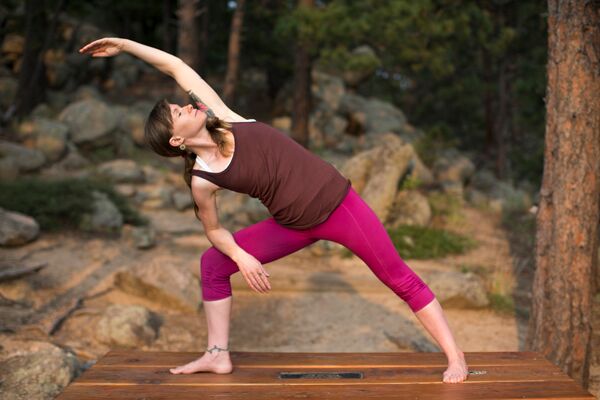

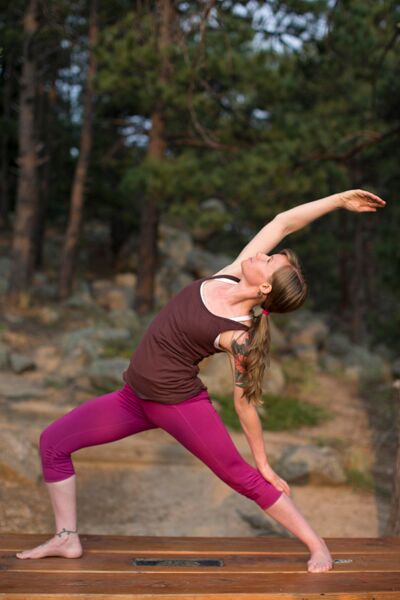
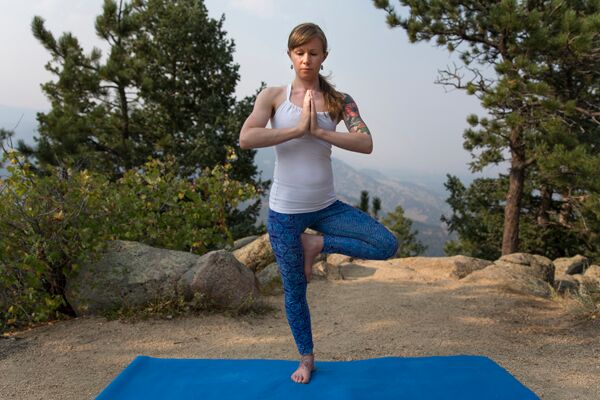
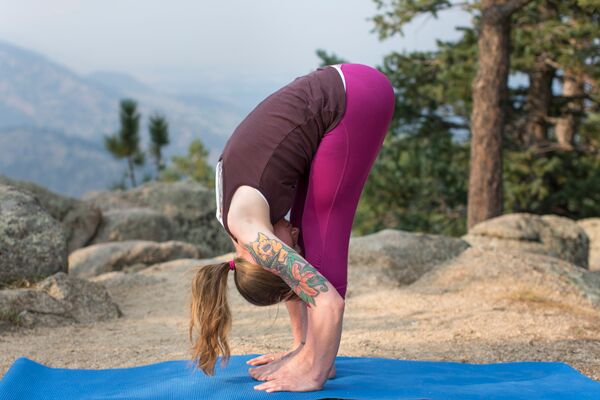
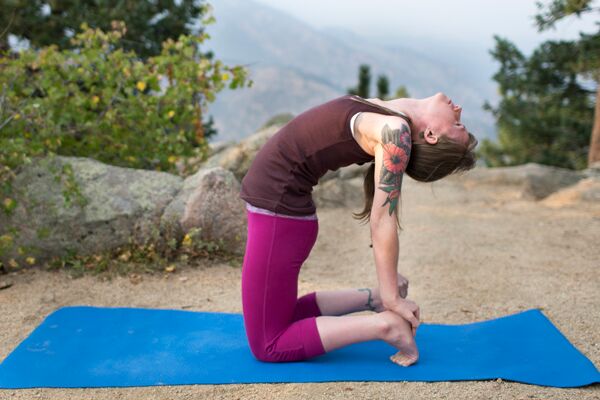
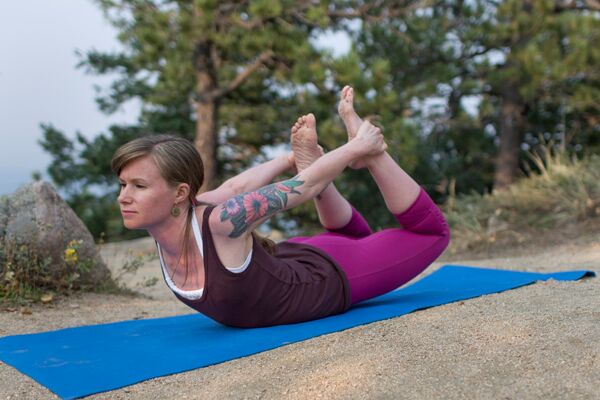
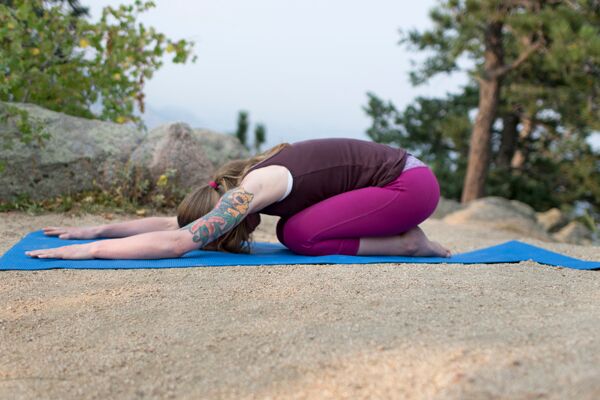
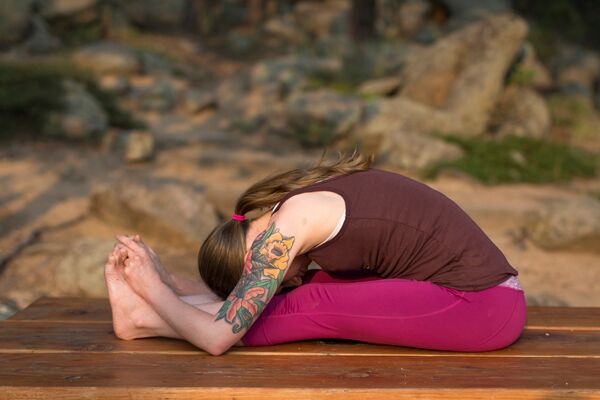
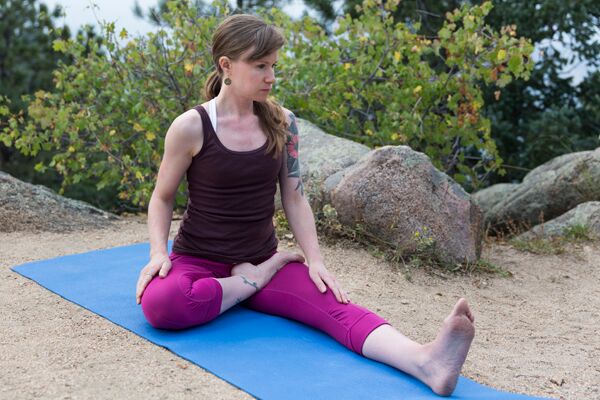
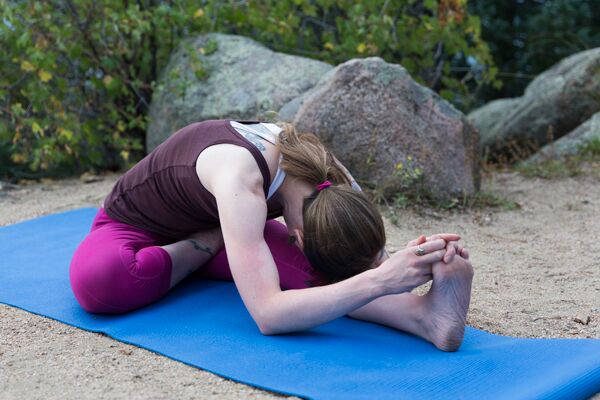
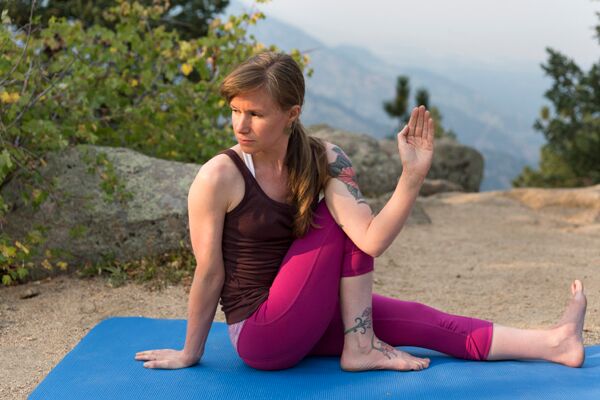
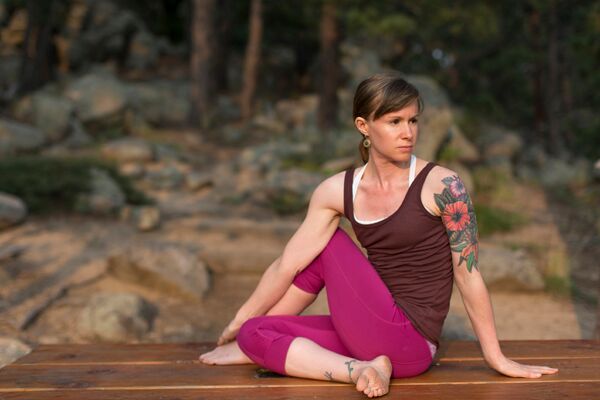
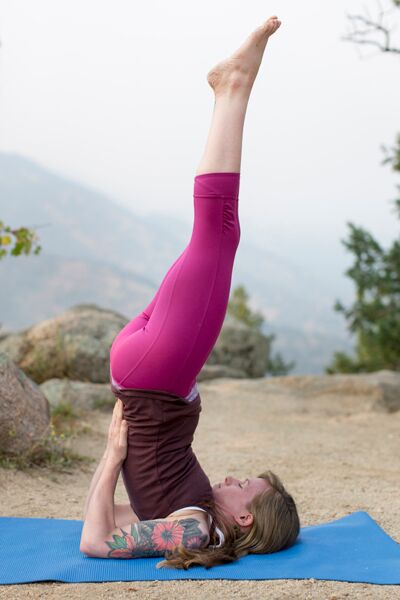
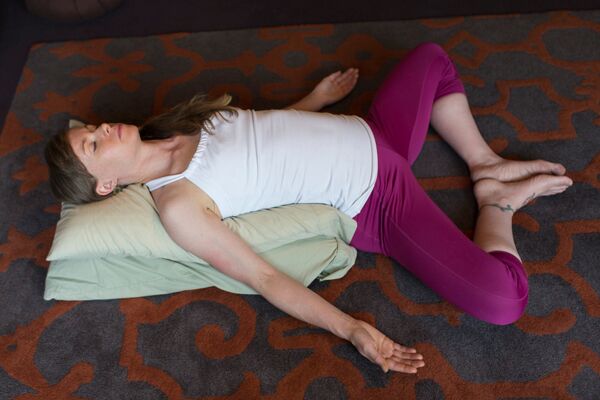
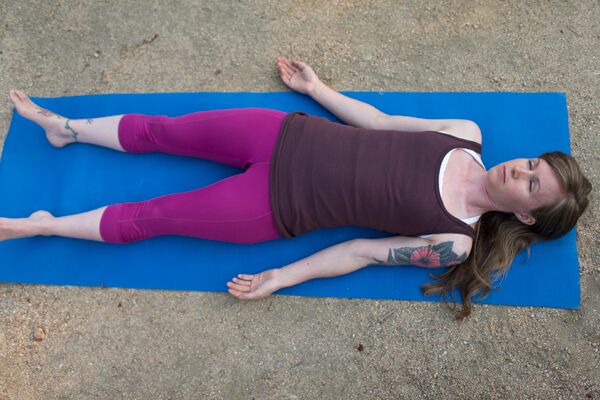

Danielle,
I really appreciate your informative posts. The yoga dvd I’m doing daily include several of these poses; I’m glad I’m on the right track!
Thank you so much Amy!! I am so glad to hear your Yoga practice is in line with what you are needing at this time. Thanks for reading and thanks for sharing! Namaste, Danielle
[…] yoga poses are particularly cleansing for the inner organs and can also stimulate digestion. Check out this sequence of 16 detoxifying yoga poses from Svastha Ayurveda for guidance and/or […]
Thanks for putting such a nice and detailed blog on detoxifying yoga. I look forward to more informative blogs like this. Kudos to you and your team. I would definitely gonna try these poses.
Hi Shikh,
Thank you for writing in with these kind words. I am happy you are finding the articles informative! Please let me know if any questions come up and I will be happy to help!
Namaste,
Danielle